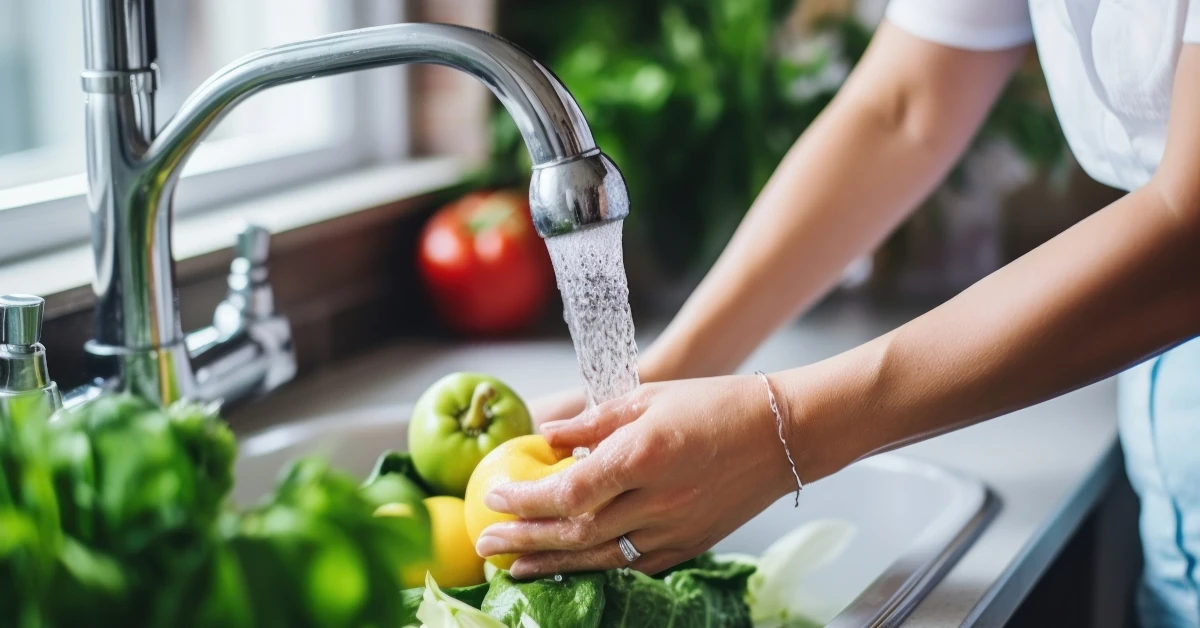Spoiler warning: This article isn’t going to make you happy. But still, it’s important information to share and I want to help keep you as healthy as possible.
Is Tap Water 100% Safe?
No, it’s not 100% safe. Tap water is usually safe for most Americans, but National Geographic warns that millions of people will still be exposed to contaminants.
While the EPA regulates 90 separate contaminants, there’s a gap between legal rules and genuine safety. In 1974, Congress passed the Safe Drinking Water Act. Since then, the EPA has identified a lot more potentially harmful chemicals, but proving their danger is expensive and requires research. And that leaves us all in a tricky position.
Recently, the EPA proposed limits on PFAS, or “forever chemicals,” in drinking water. Long story short, they don’t break down and can hurt our health. These new limits could benefit around 100 million Americans by reducing the risks of cancer, heart issues, and birth complications.
Some people are in an uproar because the existing regulations are outdated, but the EPA keeps insisting that the U.S. enjoys one of the world’s safest drinking water supplies.
How Can You Tell If Tap Water Is Unsafe?
To check the safety of your tap water, follow these steps:
- If you’re using municipal water, check your annual Consumer Confidence Report for water quality details. No idea what that is? Contact your local water supplier and they will help you.
- For areas with 100,000+ people, water quality reports are also available online on the EPA website.
- Look for a summary in the report, keeping your eyes peeled for any contaminants above the allotted limits, potential health risks, actions taken, and recommended steps.
- Do you use well water? Get your water tested, especially if the house was built before 1986 when lead-free pipes became required. You could be at risk and have no idea.
- Choose a water filter that meets your needs.
- Be careful of the DIY test kits you see advertised. The EPA recommends using certified labs.
- Some health departments offer free or low-cost testing, so be sure to contact them. CR-tested mail-in kits are reliable but vary in cost and tested contaminants.
Is Bottled Water Safer Than Tap Water?
Not necessarily. In 1999, the NRDC (Natural Resources Defense Council) took a close look at bottled water and found no guarantee it’s cleaner or safer than tap water.
Here’s a shocker: Around 25% of bottled water is often just tap water. Most tested bottles were clean, but 22% had chemicals exceeding health limits, potentially causing issues over time.
How Long Before Tap Water Goes Bad?
Tap water can be stored and consumed for up to six months without any issues … if you store it properly. Now, I already know your next question: “OK, so how do I store it properly?
Here you go: Use clean, food-grade containers. Label them with the date you filled them and the words “drinking water.” Keep them in a cool, dry, dark place. But remember, they’re only good for six months.
Sorry I didn’t have better news about water, but it is better to be armed with information to decide what is best to do for your family’s health.

